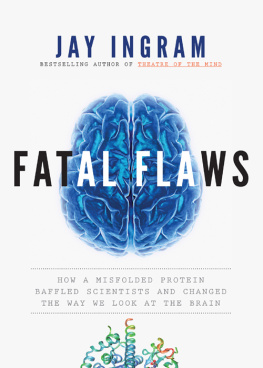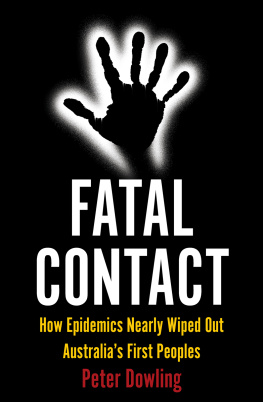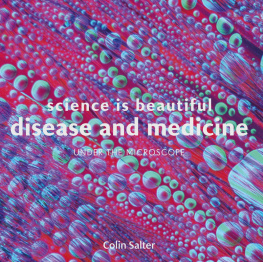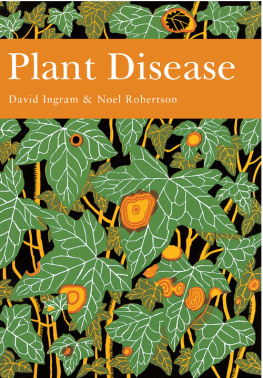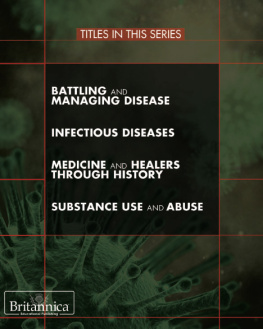Ingram - Fatal Flaws
Here you can read online Ingram - Fatal Flaws full text of the book (entire story) in english for free. Download pdf and epub, get meaning, cover and reviews about this ebook. year: 2014;2012, publisher: HarperCollins Canada, genre: Romance novel. Description of the work, (preface) as well as reviews are available. Best literature library LitArk.com created for fans of good reading and offers a wide selection of genres:
Romance novel
Science fiction
Adventure
Detective
Science
History
Home and family
Prose
Art
Politics
Computer
Non-fiction
Religion
Business
Children
Humor
Choose a favorite category and find really read worthwhile books. Enjoy immersion in the world of imagination, feel the emotions of the characters or learn something new for yourself, make an fascinating discovery.
- Book:Fatal Flaws
- Author:
- Publisher:HarperCollins Canada
- Genre:
- Year:2014;2012
- Rating:3 / 5
- Favourites:Add to favourites
- Your mark:
- 60
- 1
- 2
- 3
- 4
- 5
Fatal Flaws: summary, description and annotation
We offer to read an annotation, description, summary or preface (depends on what the author of the book "Fatal Flaws" wrote himself). If you haven't found the necessary information about the book — write in the comments, we will try to find it.
Fatal Flaws — read online for free the complete book (whole text) full work
Below is the text of the book, divided by pages. System saving the place of the last page read, allows you to conveniently read the book "Fatal Flaws" online for free, without having to search again every time where you left off. Put a bookmark, and you can go to the page where you finished reading at any time.
Font size:
Interval:
Bookmark:
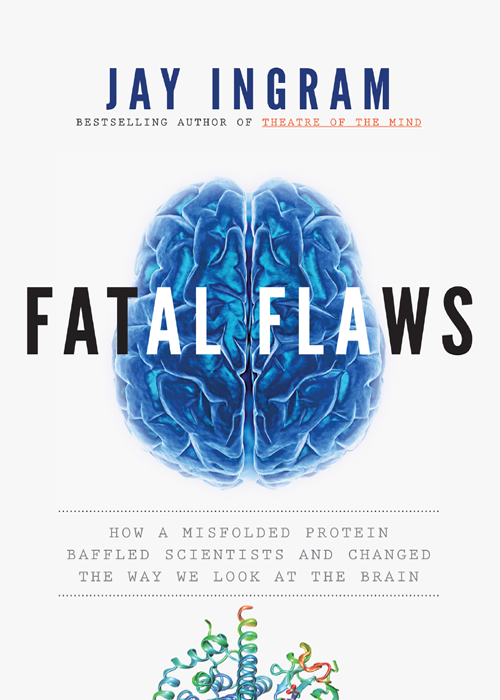
How a Misfolded Protein Baffled Scientists and
Changed the Way We Look at the Brain

To M.A.
It isnt an image that immediately grabs you: just a bluish background peppered with irregular white shapes. If it werent for the colours, it could be a high-resolution aerial view of the Canadian Shield, myriad lakes dotting an endlessly rocky landscape. There is one other feature: thousands upon thousands of tiny rust-coloured dots. A scale bar, measured in micrometres, tells you youre looking at a photomicrograph, but of what?
It isnt an image that immediately grabs you, unless you know what it is: an extremely thin slice through the brain of the first cow in Canada ever to be diagnosed with BSEmad cow disease. I am studying this image in a microscope in Dr. Stefanie Czubs lab at the Canadian Food Inspection Agency in Lethbridge, Alberta.
Imagine a razor-sharp knife cutting through a fruit cake. Cherries could be sliced lengthwise, across or at an angle, looking different every time. Thats the case here: the blue background is a welter of neurons, packed together, each one sliced through at a different place. So some show up as round and fullthats when the microtome knife hit the neuron at a right angle. But in other places the bluish cellular material is long and thin, where the blade skimmed along one of the neuronal extensions that reach out to other cells.
Those lakes, the white areas that look like holes? They are holesvacuolessome natural and to be expected, but most of them obvious signs of disease.
And the rusty dots? Deposits of prions, the mysterious infectious agents responsible for mad cow and other diseases, agents that we are only now beginning to understand. There are untold numbers of them in this tiny slice of the unfortunate cows brain, and they caused her death.
Its one of those moments when the object of your attention (in this case a minute portion of a single microscope slide) is so compelling, you completely forget the setting around you. But it is nonetheless a remarkable scene. Here I am, in a building on the banks of the Old-man River, in the wild and windy foothills of southern Alberta, dressed in the typical containment lab outfit of disposable suit, shoe covers and gloves, staring at a microscope slide absolutely loaded with deadly infectious agents. Deadly still, even though they have been stored inert on glass for nine years. That incredible persistence is just one of the puzzling qualities of prions, agents that had, in causing BSE, created an agricultural and public health disaster in the United Kingdom, and which are so baffling, so out-of-the-ordinary, that they forced the creation of a new science devoted to understanding them.
This is an account of the birth of that science. And what a science. It appeared out of nowhere, and not, as is usually the case, in centuries past, but mere decades ago. It is still changing before our eyes, making this a unique opportunity to watch how a science develops. And more than that, it is a science that hits at the heart of the food we eat and many of the illnesses we die from. And because it is based on an absolutely heretical idea that mere molecules (prions) can infect and kill a wide range of animals, it challenges the very foundations of biology. Never before had scientists discovered a disease-causing entity that has no genes. Even viruses, as stripped-down as they are (so much so, they are incapable of reproducing on their own), have genes that allow them to reprogram the cells they have infected. But prions dont even have the skimpy complement of genes a virus has. They are just protein molecules with no genetic material at all, yet they can infect, multiply and kill. Scientists had never even envisioned something like that. Indeed, there is still a handful of scientists who dont buy it, even after decades of research.
So the arrival of prions on the scientific scene has been dramatic, but not just for the fact that this field has broken new ground. Along the way, the struggle to establish radically new ideas has displayedvividlywhat you might call the seamier side of science, features of which the public is generally unaware: the ambition, competitiveness, bitterness, flights of creative brilliance, character flaws and human foibles of researchers; the tendency of those outside science, especially governments, to ignore or suppress research that doesnt tell them what they want to hear; even the reluctance of science itself to accommodate itself to new ideas.
Why do all these normal attributes of science almost always fly under the popular radar? Largely because we cling to the same tired old images of scientists today that we always have: we imagine them as emotionless, nerdy, unfailingly rational, inadequately socialized people, often clothed in lab coats, lost in thought while peering down a microscope. They seem not to be human like the rest of us. But, of course, they are.
The scientist who stands out from all others in the world of prions is Stanley Prusiner, Nobel Prize winner and implacable foe to those who do not share his views. But Prusiner is just one in a long line of scientists who have the same attitude to competitors. Take the inhumanly brilliant Isaac Newton: he fought with Gottfried Wilhelm Leibniz over the credit for inventing calculus, with Christiaan Huygens over the wave theory of light and with fellow countryman Robert Hooke over any number of matters of priority. My favourite example: Newton is often quoted as having admitted that if I have seen further, it is by standing on the shoulders of giants.
But science is conflicted in many ways, not just by feuds between individuals. Most research is funded by governments in one way or another, and while you might suppose that such funding should be arms-length, with no strings attached, allowing the scientists to do what they do best, in fact, governments are usually very busy ensuring that scientific messages that they like are the ones getting out to the public.
Prion science provides a beautiful example. Because the most controversial and devastating prion disease, bovine spongiform encephalopathy (mad cow), was an immediate and urgent threat to British meat exports, government officials suppressed the science, fearing a body blow to the British economy. But they werent doing anything that their colleagues past and present wouldnt have done. There is a colourful history of governments contradicting, ignoring or suppressing science.
One example of many: as the automobile industry in the United States was taking off in the 1920s, General Motors was gaining ground on Ford and its beloved Model T, but it needed something to add to gasoline to eliminate engine knock. GM scientists, led by Thomas Midgley, discovered that the compound tetraethyl lead, when added to gasoline, provided that extra kick. But public health experts immediately protested that lead had been unambiguously shown to be toxic to the human nervous system. GM nevertheless asserted that, with proper care, lead was safe and convinced the government of the day to put its stamp of approval on it. The safety claim was powerfully demonstrated by Thomas Midgley, who publicly washed his hands in leaded gasoline and dried them on his handkerchief, then calmly inhaled the fumes for a full minutethis, after he had earlier been forced to take a leave of absence from work to recover from lead poisoning. It was another sixty years before leaded gas was bannedbecause of its effects on health.
Font size:
Interval:
Bookmark:
Similar books «Fatal Flaws»
Look at similar books to Fatal Flaws. We have selected literature similar in name and meaning in the hope of providing readers with more options to find new, interesting, not yet read works.
Discussion, reviews of the book Fatal Flaws and just readers' own opinions. Leave your comments, write what you think about the work, its meaning or the main characters. Specify what exactly you liked and what you didn't like, and why you think so.

